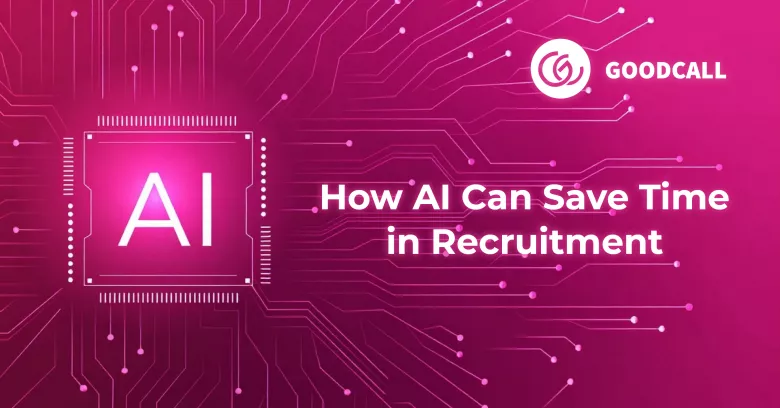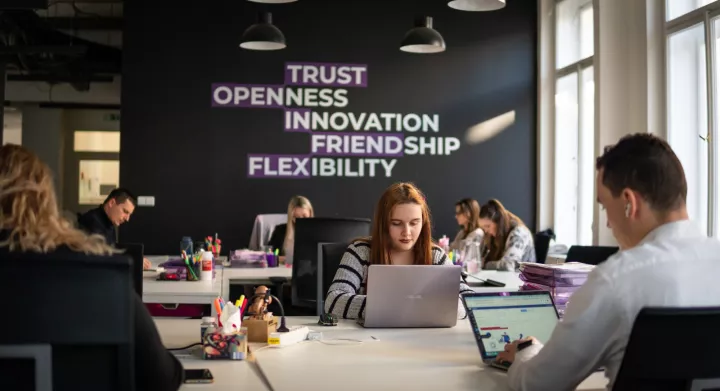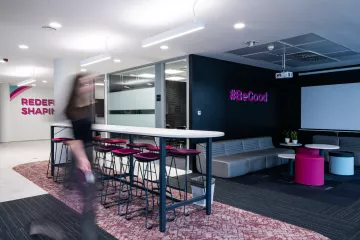
How AI Can Save Time in Recruitment
The future of recruitment is here, and it's powered by artificial intelligence. At GoodCall, AI already enhances every stage of the recruitment process. Learn how your business can also tap into the benefits of AI-powered recruitment.
1. Position in-take
AI assists our recruiters in turning vague or broad job descriptions into clear profiles that reflect exactly what the role requires. By analyzing requirements and spotting inconsistencies, we’re able to ask the right follow-up questions based on the role’s industry and seniority.
"Having clarity from the start is key to the success of the entire recruitment process. And that’s exactly what AI enables us to achieve. It removes assumptions and gets us to the heart of what the client truly needs," explains Blake Wittman, Chief Growth Officer at GoodCall.
As a result, intake meetings are up to 30% shorter because we come prepared with the right questions and a clear understanding of the role. This means we can quickly shift our focus from clarification to execution.
2. Sourcing
Finding the right candidates has never been easier. AI helps us narrow the search, bringing forward people with the right mix of skills and experience. At the same time, we stay in control and can adjust the search anytime based on what the role really needs.
"On platforms like LinkedIn, we no longer have to scroll through hundreds of profiles to find relevant candidates," says Ondřej Hanuš, Chief Digital Officer at GoodCall. "AI lets us discover the right people much faster and it easily saves our recruiters 8 to 10 hours a week."
This approach also supports fairer hiring decisions. By prioritizing skills and experience over subjective impressions, AI reduces unconscious bias in the sourcing stage – so the right candidates aren’t overlooked before the hiring process even begins.
3. Prescreening
Every strong hire begins with the right conversation. Our custom AI gives us an edge by generating tailored behavioral and competency questions for each candidate, helping us uncover who truly fits the role from the very first conversation.
"The right questions can reveal candidates’ true strengths. I’m proud that at GoodCall, we’re able to identify applicants’ qualities early in the process, allowing us to recommend stronger matches and deliver greater value for our clients," adds Milan Novák, CEO at GoodCall.
Introducing AI has reduced time spent on prescreening by 25%. Recruiters can invest this time into finding the right fit, improving both the candidate journey and hiring results. 
4. Interviews
The best interviews happen when you can give candidates your full attention. With AI handling note-taking in real time, we no longer split focus between the conversation and our notes. Every minute goes to understanding the person in front of us.
And the power of AI continues even after the interview. "Following a 55-minute meeting, I simply put the notes into intelligence software and instantly receive a clean, structured summary – covering everything from main topics to individual contributions. It’s a game changer," shares Wittman.
Summaries compiled by AI have significantly transformed our workflow. A process that previously took 20 minutes now takes 90 seconds. That’s a 92.5% reduction in time.
5. Candidate Evaluation
Nothing slows down hiring like inconsistent reports. By using AI-driven templates, we quickly turn data into clear, organized evaluations covering everything from candidate summaries and availability to salary expectations and work preferences.
This way, every client receives evaluation reports in the same style, structure and length, making it easier to compare candidates and make informed decisions.
“As advanced as AI has become, it’s here to support our expertise, not replace it,” concludes Novák. “We always make the final call, but with AI, we do it more efficiently and bring even more benefits to our clients.”
Curious about using AI in recruitment? Get in touch with us.
Další zajímavé články
-
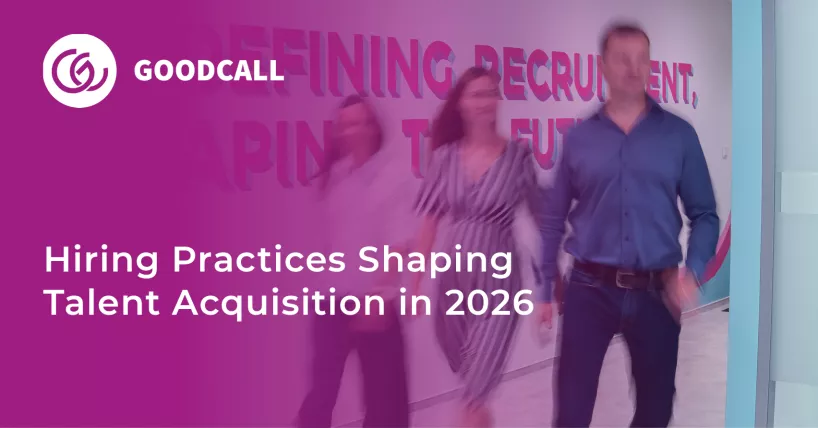 HR tipy
HR tipyHiring Practices That Will Shape Successful Talent Acquisition in 2026
12. 12. 2025 -
 HR tipy
HR tipyMá trh práce v jižních Čechách co nabídnout?
18. 08. 2025 -
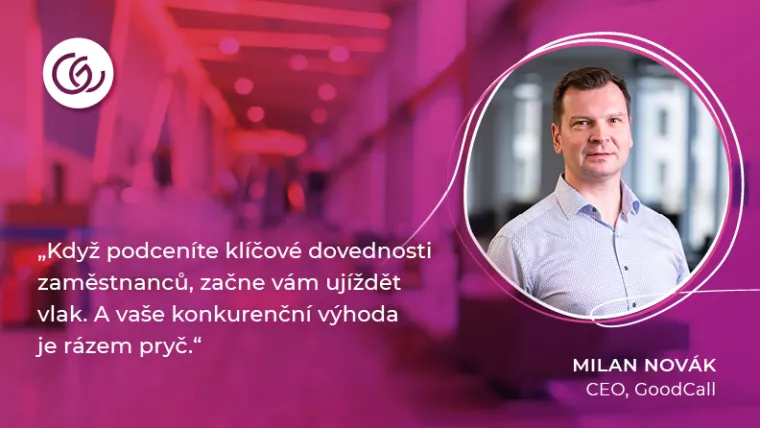 HR tipy
HR tipyČeským firmám chybí klíčové dovednosti zaměstnanců. Jak získat náskok, než bude pozdě?
04. 08. 2025 -
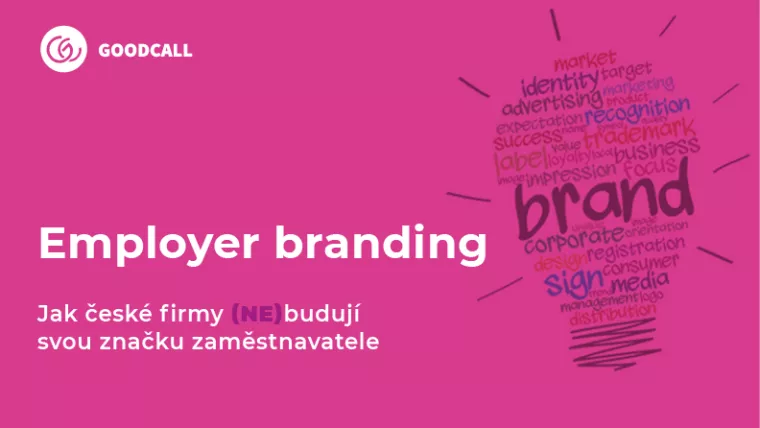 HR tipy
HR tipyEmployer branding jako „nice to have“? Pouze 32 % firem se mu věnuje pravidelně
03. 07. 2025 -
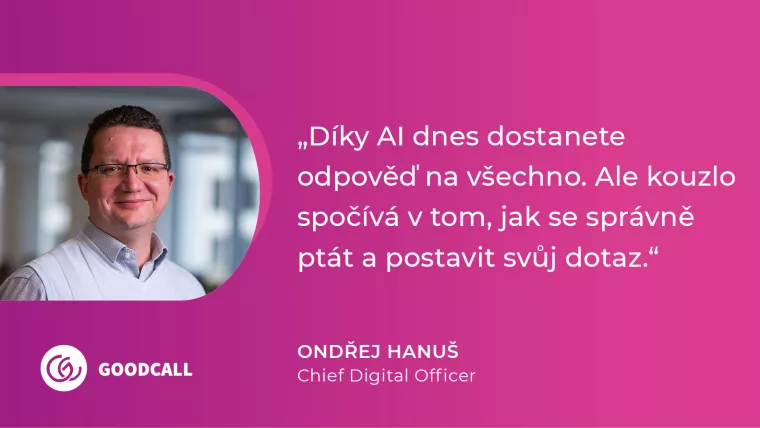 HR tipy
HR tipyKonzultanti šetří až 20 % času denně: Jak GoodCall využívá AI při náboru
23. 05. 2025 -
 HR tipy
HR tipyWhy Prague is a Top Choice for European Recruitment
29. 04. 2025 -
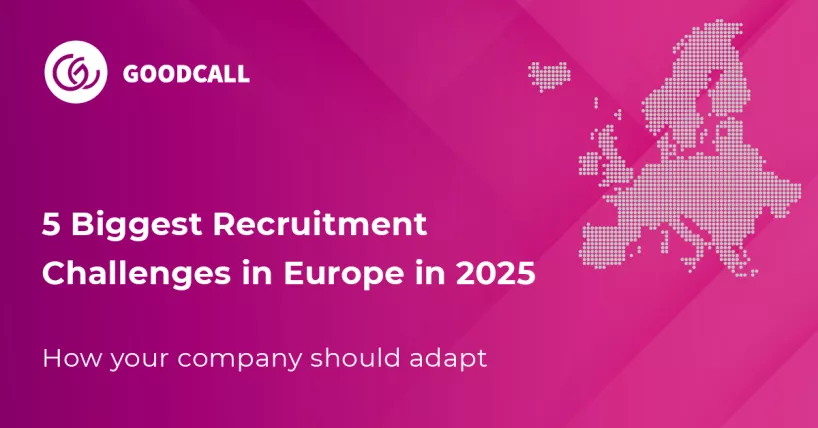 HR tipy
HR tipy5 Biggest Recruitment Challenges in Europe in 2025
07. 03. 2025 -
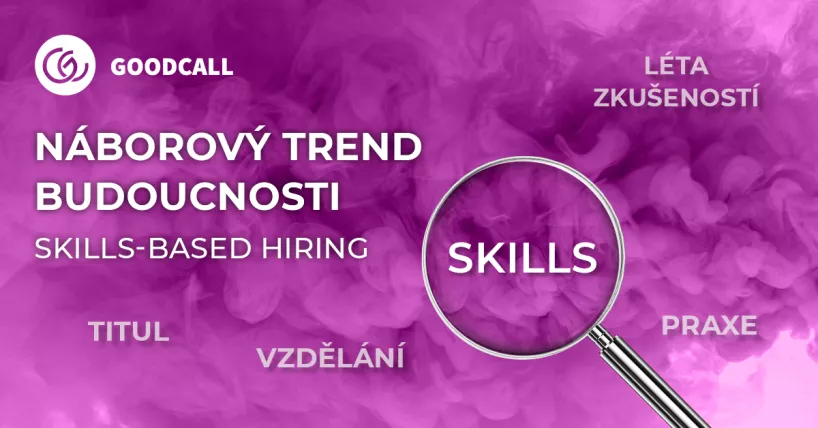 HR tipy
HR tipySkills-based hiring: Co to je a proč je to důležité
27. 01. 2025 -
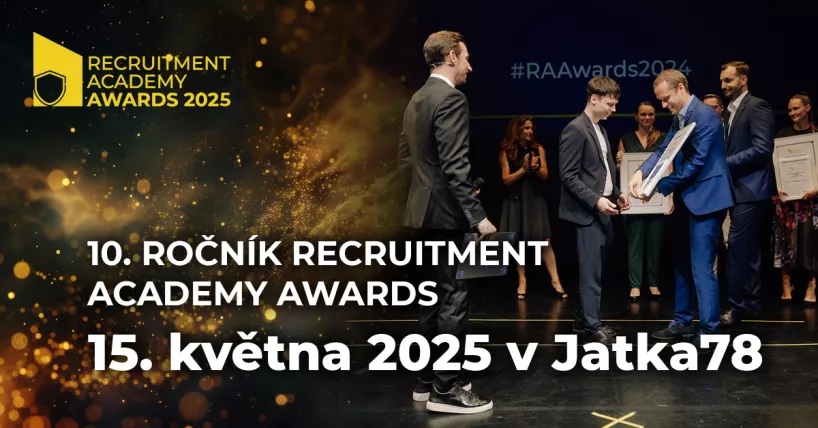 HR tipy
HR tipyRecruitment Academy Awards 2025: Jubilejní 10. ročník ocenění pro špičky HR marketingu
07. 01. 2025
